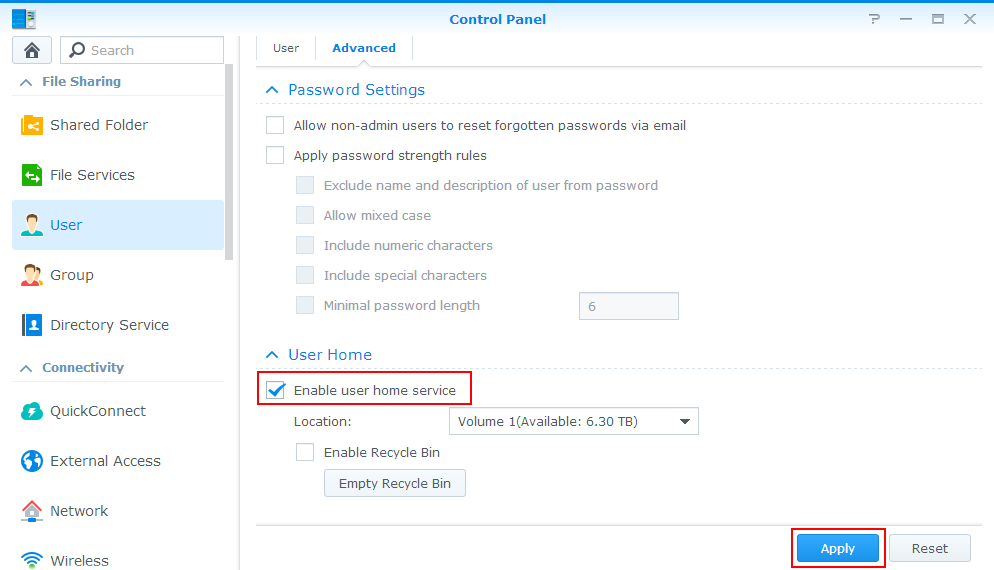

- #Synology cloud station backup restore to new computer full
- #Synology cloud station backup restore to new computer software
- #Synology cloud station backup restore to new computer password
- #Synology cloud station backup restore to new computer mac
- #Synology cloud station backup restore to new computer windows
In other words, my experience is limited to some test recovery.
#Synology cloud station backup restore to new computer mac
I haven't encountered any problems with the Mac client yet.
#Synology cloud station backup restore to new computer windows
This may be unique to the few Windows clients I have, all of which are Windows 7. Going back and choosing it again will solve the problem and it will return to normal. When I configured the directory for backup for the first time, I often encountered an error and the directory was excluded from the backup. The only problem I have encountered so far is the Windows client. Most of them make sense, although it is worth reviewing. It is worth noting that the list of files that will not be backed up for each operating system. Synology Cloud Station Backup online help can be found here. Although people familiar with Synology NAS may find this intuitive, if you support other people to work properly, then if they want to recover files, this will not be self-service. To do this, you need to connect to the File Station (via the web interface), then browse to the file you are interested in and use the Actions menu to browse to the version (or Recycle Bin). This can work if you are fully recovering the latest files, but in many cases, you may need a slightly older copy of the file. To restore, you can connect to the Cloud Station share (assuming it is shared), where you can access the latest copy of the file. In other words, there is no one, at least not from within the customer. However, if, like me, there is already a \ Backup directory in Cloud Station and you want it to be synchronized, you need to select a non-default configuration.Īnother place that Cloud Station lacks is the recovery process. This is indeed a safe choice because synchronizing backups back to the second location on the computer wastes space.
#Synology cloud station backup restore to new computer full
Also for reference only - Even if Cloud Station Backup is not installed, the full Cloud Station client will set the \ Backup directory as out of sync if the directory already exists. By default, Cloud Station Backup will use Catalog\Backup in your Cloud Station Drive and set it to out of sync.
#Synology cloud station backup restore to new computer software
Despite this, the software does feel that its functionality has been used to extend the software to areas that were not originally designed.įor longtime users of Cloud Station, the installation is very simple, only need to pay attention. In addition, backups are near real-time because clients will monitor local directories and backup files as they change. Depending on your Cloud Station Server settings, it can save up to 32 historical versions of files. 2 months ago I had a system drive corruption problem. Then use FreeFileSync to write the latest changes over the top of that.
#Synology cloud station backup restore to new computer password

The settings for the Backup Service itself are also backed up, but the backup only includes the actual Service settings and not stored information about tasks like the dates of the last successful backup.


 0 kommentar(er)
0 kommentar(er)
